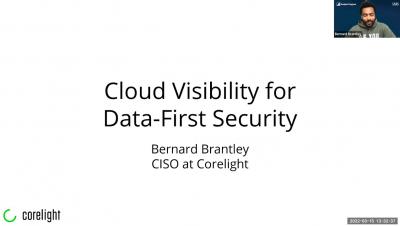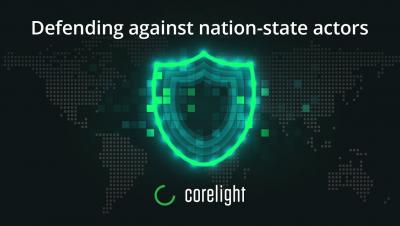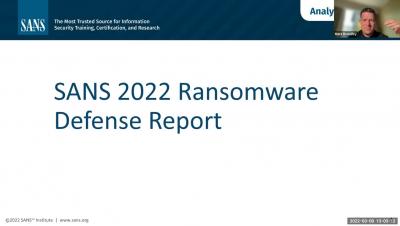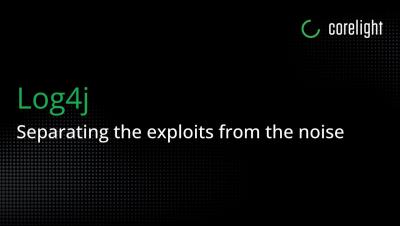Don't trust. Verify with evidence.
What matters most in a criminal trial? Evidence. Everything depends on the quality and depth of facts deployed to build a case for innocence or guilt. Without compelling evidence, no jury can draw accurate conclusions.







